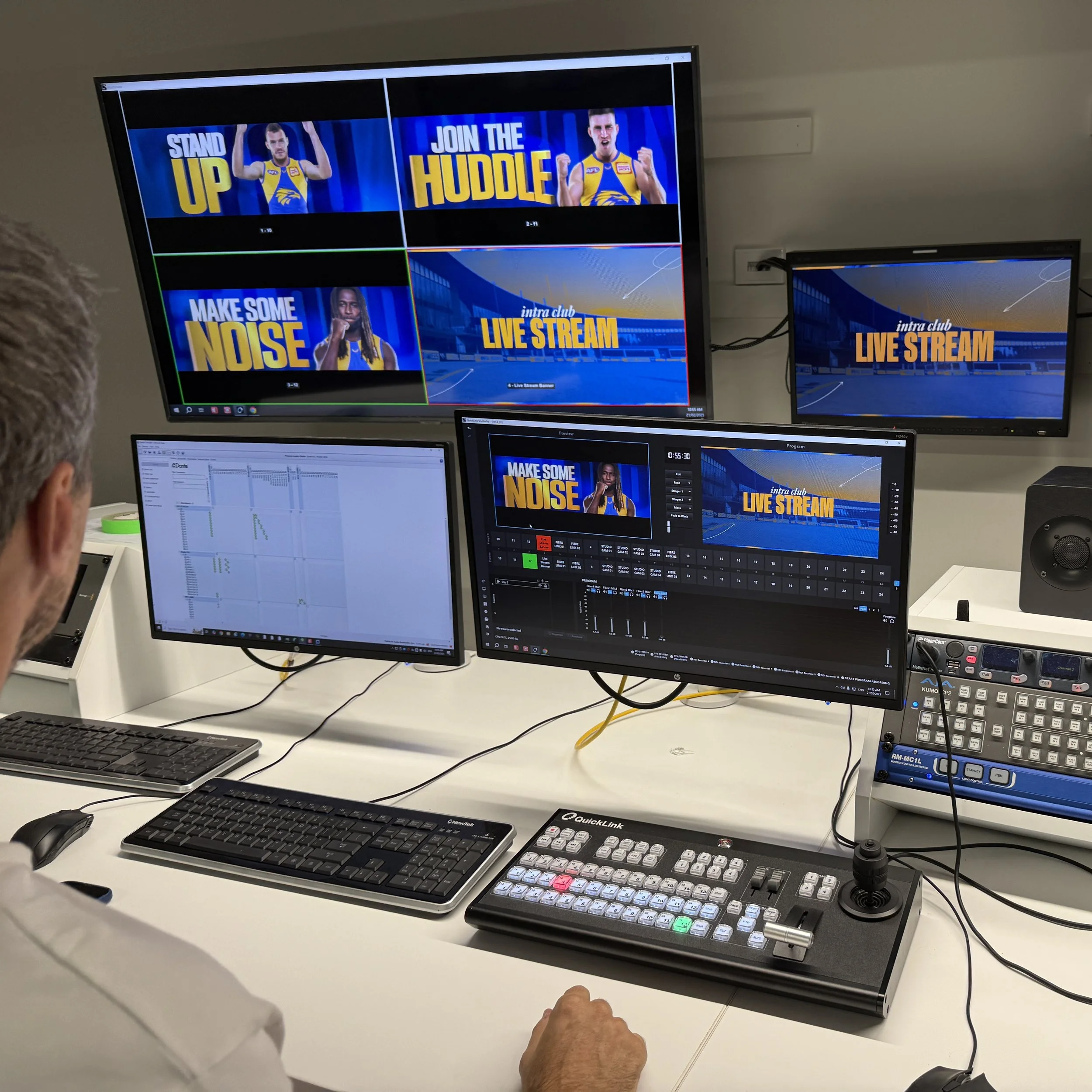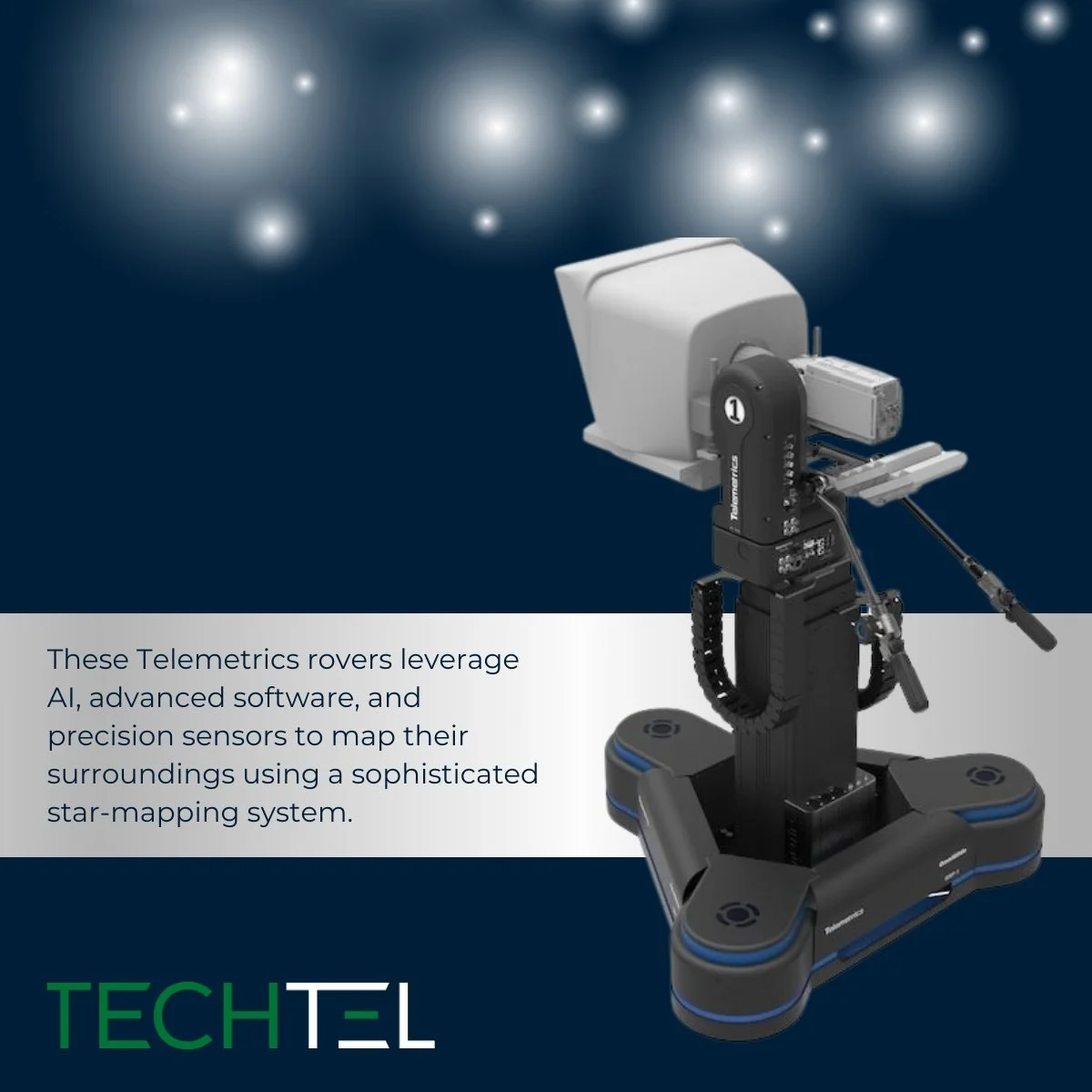LYNX Technik Launches H.264 Streaming & Recording yellobrik at NAB 2017
/April 11, 2017 – Weiterstadt, Germany -- LYNX Technik AG, provider of modular interfaces for broadcast and professional AV signal processing applications, today announces a new yellobrik, an SDI/HDMI to H.264 encoder for live streaming & recording. LYNX Technik will showcase the new yellobrik at NAB 2017 on booth SL10321.
The PEC 1864 H.264 encoder provides a solution for users to simultaneously stream content while recording it, an ideal solution for delivering, streaming and archiving content efficiently and affordably. The module houses two independent encoders; a stream encoder and a record encoder. Users can stream content with simultaneous recording, stream-only, or record-only. The independent encoders support different quality settings for the streamer and the recorder. For example: a user may wish to simultaneously stream content directly to the web in lower quality due to limited bandwidth, and record at a higher master quality for further editing or archiving.
The yellobrik accepts either an SDI or an HDMI input supporting up to 3G (1080p @60 Hz) and compresses it using the H.264 encoding standard. It supports a variety of popular streaming outputs including RTMP for streaming to Content Delivery Networks. Using this streaming format, a user enters their CDN log-in credentials into the yellobrik’s web-browser based GUI, and streams the content live on their CDN Channel; e.g. Wowza, YouTube, Facebook.
The PEC 1864 also supports RTP/RTSP streaming, TS over UDP and TS over RTP. These three steaming formats can be configured as unicast or multicast. A forward error correction (FEC) can be activated for the TS over RTP stream. In addition, the PEC 1864 supports the HLS (HTTP Live) streaming protocol.
The module records to a micro SD memory card or USB stick as a .mp4 or .ts.
Two channels of audio are deembedded from the incoming video signal, which can then be embedded into the streamed and/or recorded video signal. An alternative audio source is provided via the stereo audio input.
Each video encoder includes a region of interest (ROI) scaler, enabling the user to crop the image and stream/record only that portion of the image. Users can even insert a logo into the content stream, ideal for branding & copywriting content and when the Content Delivery Network provider doesn’t provide a logo insertion tool.
The new yellobrik fits the needs of broadcast-quality streaming applications, for example: electronic news gathering, head-end encoding for TV stations and lower budget broadcast streaming. It is also suitable for a wide variety of ProAV applications including: live event streaming and media delivery over the Internet using a Content Delivery Network provider (e.g. Wowza, YouTube, Facebook), corporate or enterprise broadcast/streaming of media assets, presentation and conferencing, digital signage, houses of worship proceedings streaming, AV system monitoring, security camera streaming for monitoring and so many more.
As with all yellobriks, the PEC 1864 comes in a portable brick form factor and is easy to use with all instructions printed directly on the module. Users can configure it remotely via a web GUI on any computer or mobile device with a web browser. Recording can also be controlled using the push buttons on the unit.
About LYNX Technik:
LYNX Technik AG is an industry leader and technology provider of modular interface solutions for broadcast and professional use. LYNX Technik AG is an independent privately owned company with its headquarters, research and manufacturing facilities based in Weiterstadt, Germany. Sales and Support is covered through secondary distribution channels managed from its headquarters in Germany, USA (California), and Asia (Singapore).
Product brands include: Series 5000 rack and card based series, APPolo control system, yellobrik standalone plug-and play modules, the Testor | lite 3G digital test signal generator and the new greenMachine.
Products include: audio / video / fiber conversion, audio / video distribution, fiber splitters, CWDM mux/demux, audio embedding / de-embedding, audio delay, image processing, frame synchronizers, test generators, 4K transmission solutions, as well as a line of rack frames and accessories.









